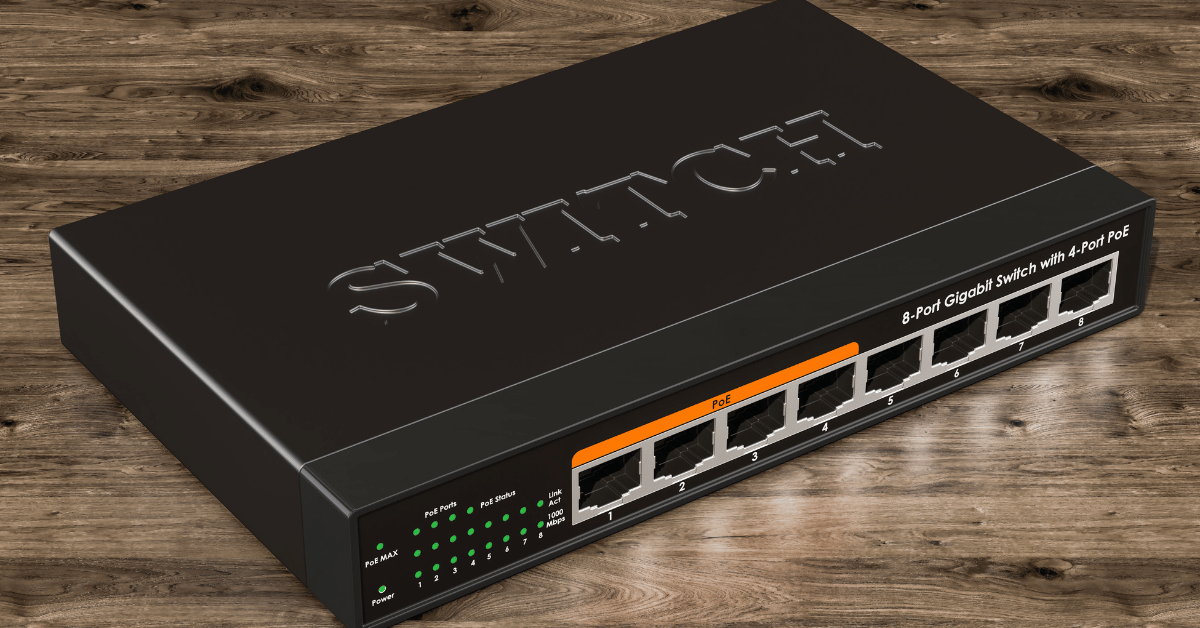What is TACACS Authentication?
What is TACACS authentication?
TACACS (Terminal Access Controller Access Control System) is a protocol used to control access to network devices. It provides centralized authentication, authorization, and accounting (AAA) services for users who are trying to access network resources.
TACACS operates by separating the authentication, authorization, and accounting functionalities into separate services:
- Authentication: This verifies the identity of users trying to access a network device. User credentials are checked against a centralized TACACS server before granting access.
- Authorization: Once a user is authenticated, TACACS determines what level of access or specific actions the user is permitted to perform on the network device. Authorization policies are enforced based on user privileges and roles.
- Accounting: TACACS tracks and records the actions taken by users on the network devices. This includes logging information about login attempts, commands executed, and other relevant activities for auditing and compliance purposes.
TACACS+ (TACACS Plus) is an updated version of the TACACS protocol that offers additional security and features compared to the original TACACS and XTACACS protocols. TACACS+ encrypts the entire body of the packet, providing better security for user authentication and authorization processes.
Organizations often use TACACS protocols to manage and secure access to critical network infrastructure, ensuring that only authorized users can access and modify network devices while maintaining a detailed record of their activities.
How does TACACS authentication work?
TACACS (Terminal Access Controller Access Control System) authentication works through a client-server model, where the client is typically a network device (like a router, switch, or firewall) and the server is the centralized TACACS server. Here’s an overview of how TACACS authentication typically operates:
- User Authentication Request: When a user attempts to access a network device, the device sends an authentication request to the TACACS server.
- TACACS Server Validation: The TACACS server receives the authentication request and verifies the user's credentials (such as username and password) against its database or directory service (like LDAP or Active Directory) where user information is stored.
- Response to the Network Device: Based on the authentication result, the TACACS server sends a response back to the network device. If the credentials are valid, the server grants access; otherwise, access is denied.
- Authorization and Accounting: Upon successful authentication, the TACACS server can also provide authorization information, specifying the user's access level or permissions to perform specific actions on the network device. Additionally, the TACACS server tracks user activities for accounting purposes, logging commands executed or other relevant activities.
- Secure Communication: TACACS typically employs encryption to secure the communication between the client (network device) and the server. TACACS+ in particular encrypts the entire packet, ensuring higher security for authentication and authorization data.
- Centralized Management: One of the key benefits of TACACS is its centralized management. User authentication and authorization policies are configured and managed on the TACACS server, allowing for consistent enforcement of security policies across the network.
Overall, TACACS authentication provides a robust and centralized mechanism for controlling access to network devices, verifying user identities, managing permissions, and maintaining audit trails of user activities for security and compliance purposes.
What are the advantages of TACACS authentication?
TACACS (Terminal Access Controller Access Control System) authentication offers several advantages, especially in managing network access and security:
- Centralized Authentication and Authorization: TACACS allows for centralized management of authentication and authorization policies. This means that user access control and permissions can be uniformly managed and enforced across multiple network devices from a single point—the TACACS server.
- Granular Access Control: It provides fine-grained control over user access permissions. Administrators can define specific privileges and restrictions for individual users or groups, determining what actions they can perform on network devices.
- Enhanced Security: TACACS+ encrypts the entire packet, offering a higher level of security compared to earlier versions of TACACS. The encryption ensures that sensitive user authentication and authorization information are protected during transmission.
- Accounting and Auditing: TACACS maintains detailed logs of user activities on network devices. This auditing capability is crucial for compliance requirements, allowing organizations to track and review actions performed by users, aiding in forensic analysis, and meeting regulatory standards.
- Integration with Existing Systems: TACACS can integrate with various directory services like LDAP or Active Directory. This enables seamless user management by leveraging existing user databases, simplifying administration and ensuring consistency in user information.
- Scalability: TACACS is scalable and can accommodate a large number of users and devices. As organizations grow, TACACS can easily handle increased authentication and authorization demands.
- Redundancy and Failover: TACACS servers can be configured for redundancy and failover, ensuring continuous access control even in the event of server failures.
- Customization and Flexibility: Administrators have the flexibility to define and customize access control policies according to the specific security needs and requirements of their organization.
Overall, TACACS authentication offers robust control over network access, enhances security by centralizing authentication and authorization processes, and provides comprehensive auditing capabilities—all of which are crucial in maintaining a secure and well-managed network environment.
Does TACACS authentication have any vulnerabilities?
Like any technology, TACACS authentication protocols are not immune to vulnerabilities. While TACACS provides strong security measures, there have been historical vulnerabilities and considerations to keep in mind:
- Encryption Strength: Older versions of TACACS (like TACACS and XTACACS) had weaknesses in encryption methods, making them susceptible to attacks that could intercept and potentially decrypt sensitive information.
- TACACS+ Improvements: TACACS+ was developed to address the encryption weaknesses of earlier versions, providing stronger encryption for the entire packet. However, vulnerabilities may still exist due to implementation flaws or outdated encryption algorithms.
- Single Point of Failure: If the TACACS server becomes unavailable due to network issues or system failures, it can disrupt authentication and authorization processes, potentially causing denial of service for network device access.
- Misconfigurations: Improperly configured TACACS servers or network devices can lead to security vulnerabilities. For instance, weak passwords, inadequate access controls, or incorrect authorization settings can create exploitable gaps.
- Lack of Regular Updates: Failure to update TACACS servers or devices with the latest security patches and fixes can leave them vulnerable to known exploits and attacks.
- Denial-of-Service Attacks: TACACS servers can be targeted by denial-of-service attacks, attempting to overwhelm the server with excessive authentication requests, leading to service disruption.
- Man-in-the-Middle Attacks: In certain scenarios, interception of communication between the network device and the TACACS server could allow attackers to manipulate or eavesdrop on the authentication process.
To mitigate these vulnerabilities, it's crucial to:
- Ensure TACACS servers and network devices are updated with the latest security patches and updates.
- Implement strong encryption protocols and configurations.
- Employ best practices in network security, such as strong password policies, multifactor authentication, and regular security audits.
- Implement redundancy and failover mechanisms to minimize the impact of server failures.
- Regularly review and audit configurations for any misconfigurations or vulnerabilities.
Overall, while TACACS authentication provides robust security features, proactive measures and a diligent approach to security practices are necessary to mitigate potential vulnerabilities and ensure a secure network environment.








